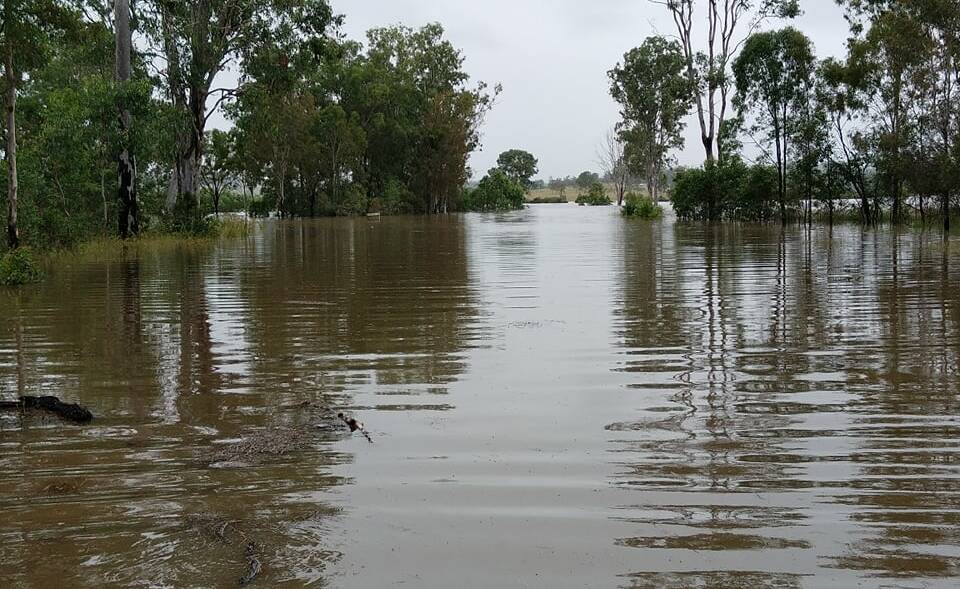
FLOODING rains have delivered yet another blow to the beef processing sector, with widespread infrastructure damage and the loss of stored product on sites in southern Queensland and northern NSW.
Subscribe now for unlimited access to all our agricultural news
across the nation
or signup to continue reading
Some plants between Gympie and Casino are expected to remain closed until the end of the week.
There have been no reports of livestock on trucks being stranded during the disaster, sector leaders said, with the message getting through quickly to keep them home.
However, the issue of getting slaughter-ready animals to plants is expected to be ongoing with roads cut and badly damaged throughout the region.
"There is no doubt floods have affected a huge basin of the country's processing capacity and it's not just about facility damage," chief executive officer of the Australian Meat Industry Council Patrick Hutchinson said.
"People are unable to come to work, livestock need to be managed and now, as the water recedes, logistics problems will emerge.
"The areas where rain has hit is not where there are alot of cattle on farm - most are transported in.
"The good thing about processors in 2022 is they have a multitude of action plans ready to put into place when these things happen."
Thomas Elders Markets published herd estimates drawing on Australian Bureau of Statistics data of the areas that have been inundated, which shows they are home to approximately 475,000 head of cattle or 2 per cent of the national herd.
The Richmond and Tweed region in NSW holds the most cattle at around 160,000 head, which represents about 4pc of the cattle herd in NSW. Combined, the three flood impacted regions within NSW account for about 8pc of the state's herd while in Queensland only 1.5pc of the state's herd is in flooded areas.
However, it is not the entire part of these regions that are impacted by the flooding, TEM's Matt Dalgleish said.
That suggests there won't be near the level of stock losses seen during the far north Queensland flooding in 2019.
Still, slaughter rates will be severely impacted and the disaster comes on the back of an already extremely challenging start to the year for the processing sector.
The wave of Omicron kept up to 70pc of meat workers home at some plants during January and forced widespread short-term closures and big drops in slaughter numbers.
High cattle prices have been plaguing processors for two years, keeping margins in the red, and January was a horror month with TEM's theoretical beef processor model showing an average loss of $371 per head.
ALSO IN BEEF: The senate inquiry's findings on vegan food labels
For all the big news in beef, sign up below to receive our Red Meat newsletter.


